In Kampala, the capital city of Uganda, the solid waste management is the responsibility of a body called Kampala Capital City Authority (KCCA). All wastes collected in Kampala are deposited at Kiteezi Landfill.
Kampala is made of five divisions, that is, Central division, Makindye division, Nakawa division, Kawempe dision and Rubaga division. This means that all waste collected in these various divisions are deposited at this landfill.
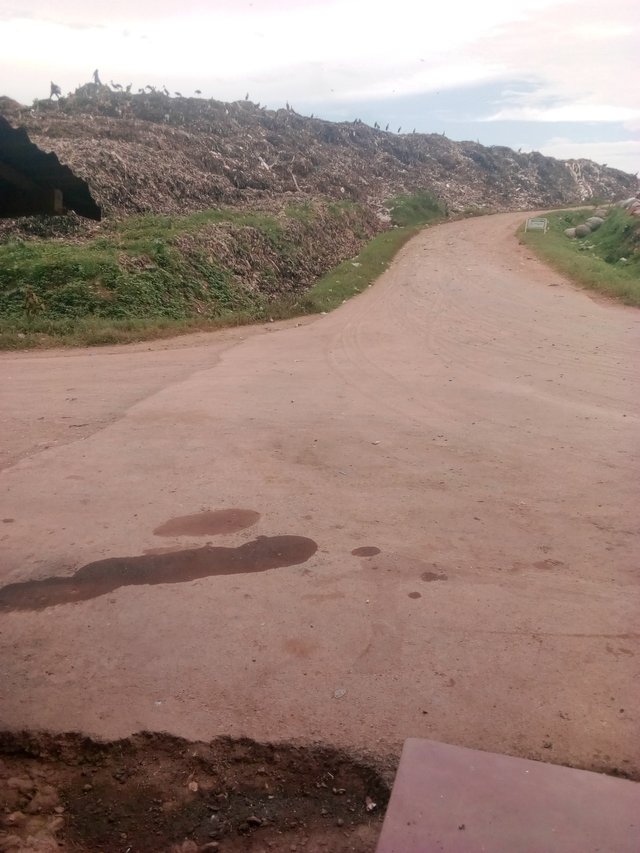
Kiteezi landfill is an open and unlined landfill located in the wetland with no ground water protection and limited leachate recovery. This raises both operational and environmental issues due to rapid increase in waste, being that it is an ecologically sensitive area.
Despite the fact that this landfill has become a breeding place for birds, flies, rats and other organisms and also that the smell is a discomfort and a nuisance to those living around it, reverse logistics actors still press on with their various duties in order to survive.
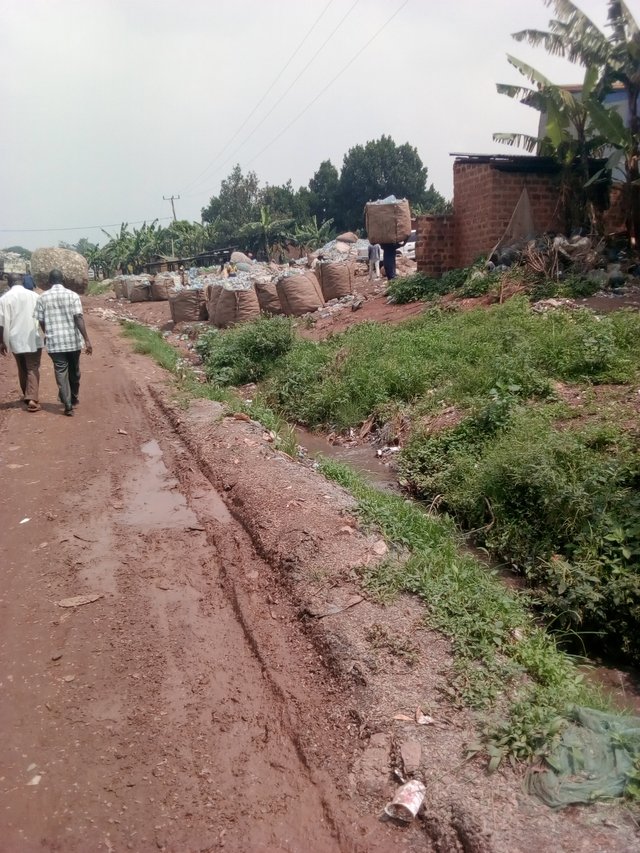
Among the waste categories Collected from the city we have;
hard plastic, soft plastic, paper, textile, polythene, glass, metal, wood, construction and demolition wastes, and others (silver plates).
From the above categories, we have those that recyclable and these include; hard plastics, soft plastic, polythene, metal, paper and others (silver plates) of which metal is more expensive ( a kilogram going for 700 Uganda shillings) although paper always constitutes the highest generation.
Not forgetting that the higher the price, the higher the demand for a particular recyclable.
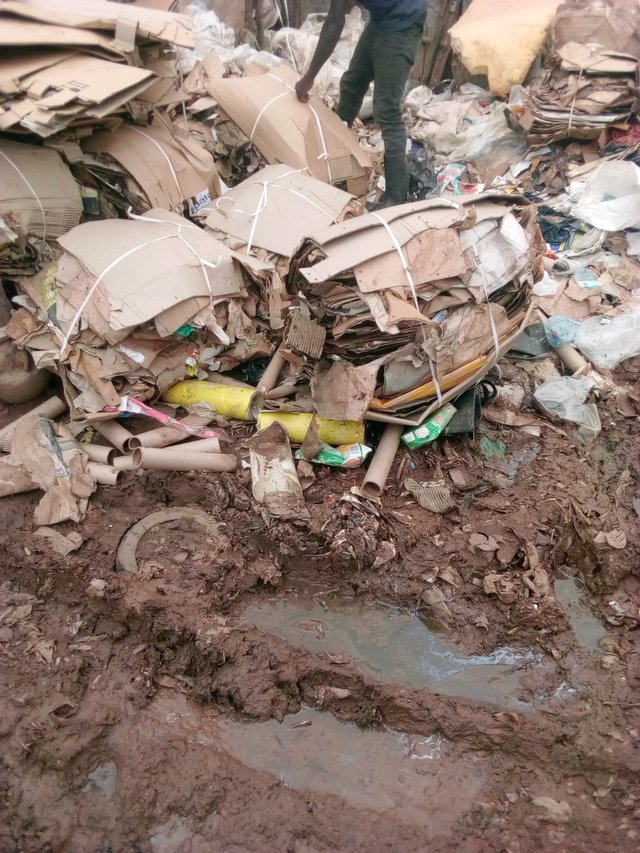
The other products are normally buried at the landfill such as glass and rock soil. Vegetation and food residue is compacted with soil and buried.
Coca cola in collaboration with the Kampala Capital City Authority established a station in Kawempe divison known as Makka Development Organisation in a campaign to keep the city clean as well as collecting enough plastics for recycling.
Plastic is got from the surrounding community and then exchanged for money. It is then sorted manually, according to colour, by employees there. Most plastics are in colours of green, brown, white and blue with each colour having a different price.
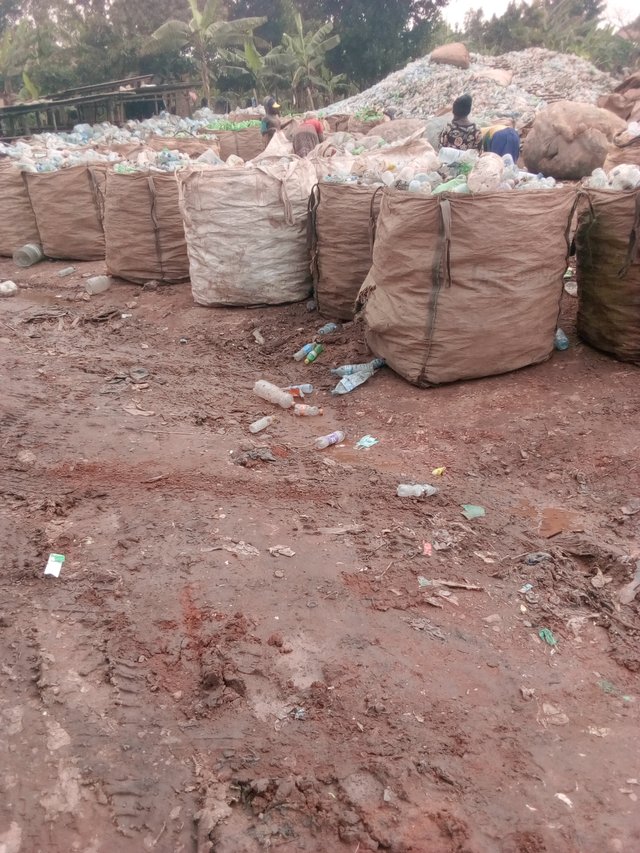
Conclusion:
Apparently the Kiteezi landfill is due to be closed and made a transfer station. A big chunk of land has been bought where the new land fill is going to be set out and am thankful am part of the project involved in the research bit of finding out the waste characterization and also conducting an environment impact assessment.
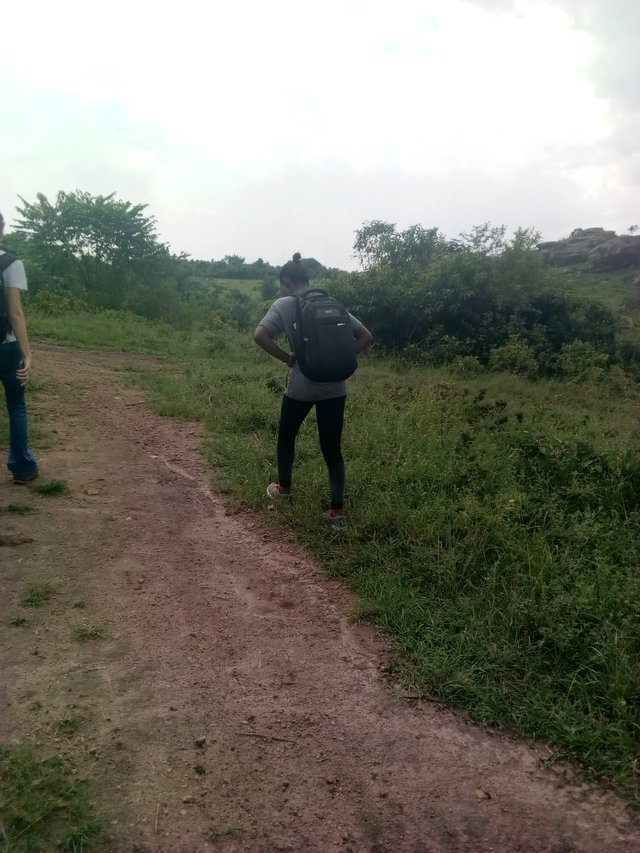
It made sense for me to share this,
Thanks steemit.